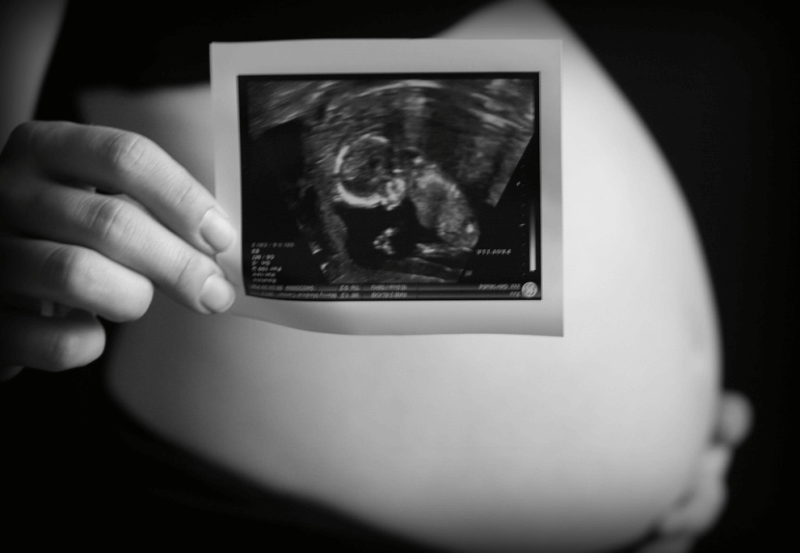The GLP aggregated and excerpted this blog/article to reflect the diversity of news, opinion and analysis.
On February 25, the Cleveland Clinic announced that the first “womb” transplant had been successfully completed in the US, using a uterus from a deceased donor. The 26-year old recipient, identified as Lindsey, joined a press conference on March 7 in a wheelchair and expressed her gratitude. On March 9, the clinic released a second media statement: Lindsey’s uterus transplant had been removed due to a “sudden complication.” As NPR noted, the clinical trial will continue—nine women with uterine factor infertility still await the procedure in Cleveland.
The future of reproduction has never appeared so technologically complex. Amid ongoing policy debates about gene-editing embryos, and the potential spread of “3-person IVF” from the UK to the US, we’ve also seen a rapid increase of clinical trials for a revolutionary surgical procedure: womb transplants—i.e. temporary uterus transplantation into “genetic females” born without uteruses (but with working ovaries) for the purpose of enabling pregnancy for one or two genetically related IVF offspring.
As these clinical trials migrate from Sweden to clinics around the world, ethical concerns have been mounting. A lonely set of formal ethical guidelines, “The Montreal Criteria,” was published in 2012, and slightly revised in 2013. There was immediate pushback to the criteria; one concern: the guidelines are narrowly applicable, myopically reflecting the context of wealthy countries with well-developed biomedical sectors.
Read full, original post: Uterus Transplants: Identifying Stakeholders & Objections































